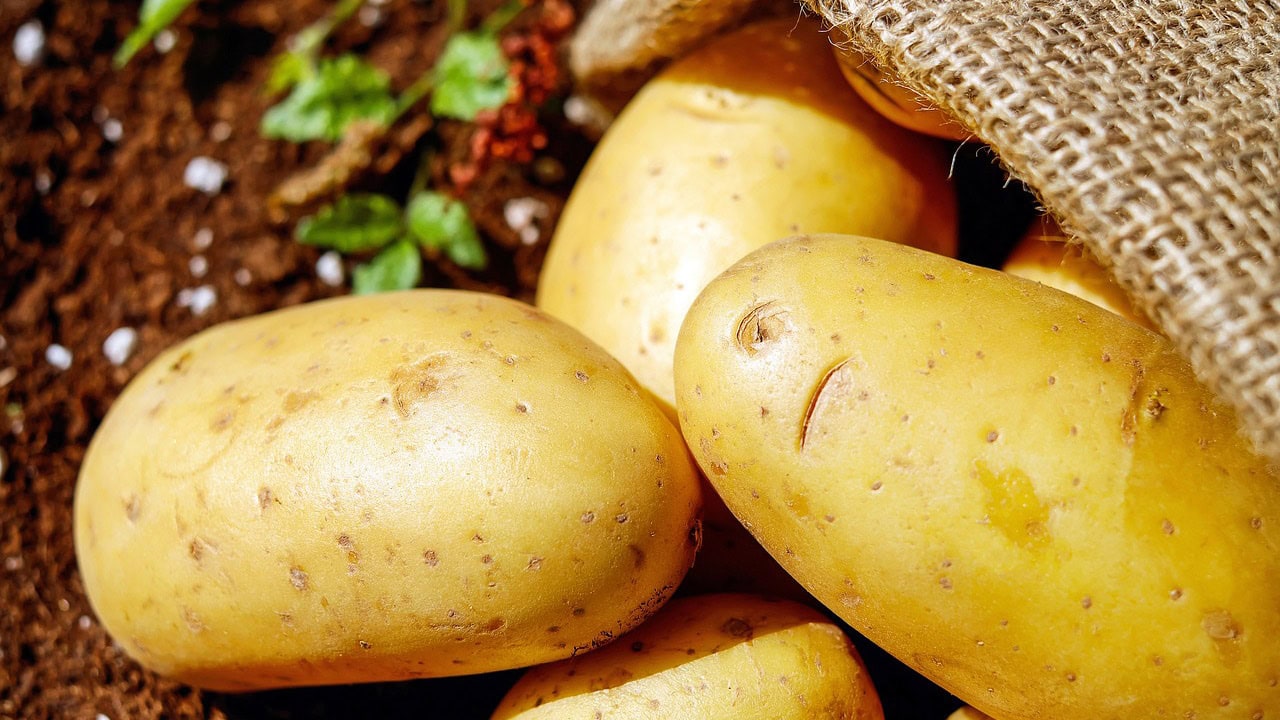Urban Farming Movement

In recent years, urban farming has emerged as a significant movement, transforming the way we think about food production, sustainability, and community resilience. As cities continue to grow, the need for sustainable food systems has become increasingly important.
Urban farming offers a solution that not only addresses food security but also promotes healthier lifestyles, environmental sustainability, and community engagement.
The Rise of Urban Farming
Urban farming is not a new concept. For centuries, cities around the world have practiced some form of agriculture within their boundaries. However, the modern urban farming movement gained momentum in the late 20th century as a response to the challenges posed by industrial agriculture, food deserts, and climate change.
Today, urban farming is a diverse and dynamic movement that includes community gardens, rooftop farms, vertical farming, and more.
Historical Context
Historically, urban farming has been a necessity during times of crisis. During World War I and II, victory gardens were planted in cities across the United States and Europe to alleviate food shortages. These gardens not only provided essential nutrition but also fostered community spirit and resilience.
In the decades that followed, urban farming waned as industrial agriculture took center stage, but the seeds of urban farming had been planted.
Modern Urban Farming
In the late 20th and early 21st centuries, urban farming began to resurface as a response to various social, economic, and environmental issues. Food deserts—areas with limited access to affordable and nutritious food—highlighted the need for local food production.
At the same time, growing awareness of environmental issues and the carbon footprint of long-distance food transportation fueled interest in local, sustainable agriculture.
Benefits of Urban Farming
Urban farming offers a multitude of benefits that go beyond simply providing fresh produce. These benefits touch on health, environment, economy, and community, making urban farming a holistic approach to urban living.
Health and Nutrition
Access to fresh fruits and vegetables is a cornerstone of a healthy diet. Urban farms provide city dwellers with fresh, nutrient-rich produce, often grown without harmful pesticides. By integrating urban farming into daily life, individuals can enjoy a diet rich in vitamins and minerals, reducing the risk of chronic diseases and improving overall well-being.
Environmental Impact
Urban farming can significantly reduce the carbon footprint associated with food production. By growing food locally, we can decrease the need for transportation, packaging, and storage, all of which contribute to greenhouse gas emissions. Additionally, urban farms can improve air quality, support biodiversity, and reduce urban heat island effects by increasing green spaces.
Economic Opportunities
Urban farming can create economic opportunities for local communities. By fostering local food production, cities can reduce their reliance on imported goods, keeping money within the community. Urban farms can also create jobs, from farm workers to educators and entrepreneurs focused on sustainable agriculture technologies.
Community Engagement
Urban farming fosters a sense of community by bringing people together to work towards a common goal. Community gardens and urban farms serve as gathering spaces where individuals of all ages and backgrounds can learn, share, and collaborate. These spaces often become hubs of social interaction, education, and cultural exchange.
Getting Involved in the Urban Farming Movement
If you’re inspired by the potential of urban farming, there are many ways to get involved, whether you’re a city dweller with limited space or someone with a passion for gardening and sustainability.
Starting Your Own Urban Garden
Starting an urban garden can be as simple as growing herbs on a windowsill or as ambitious as transforming a vacant lot into a thriving community farm. Consider what type of garden suits your space and resources. Container gardening, vertical gardens, and hydroponics are excellent options for those with limited space.
Join a Community Garden
Community gardens are collaborative spaces where individuals can rent plots to grow their own produce. Joining a community garden is a great way to learn from experienced gardeners, access resources, and become part of a community dedicated to sustainable agriculture.
Support Local Urban Farms
Supporting local urban farms can be as easy as shopping at farmer’s markets or participating in a Community Supported Agriculture (CSA) program. By purchasing produce directly from urban farms, you’re supporting local farmers and contributing to the sustainability of your community.
Advocate for Urban Farming Policies
Advocating for policies that support urban farming is crucial for the movement’s growth. This can include lobbying for zoning changes, supporting initiatives that provide resources and training to urban farmers, and promoting school and community garden programs.
The Future of Urban Farming
The future of urban farming is bright and full of potential. As technology advances, new methods of urban agriculture, such as vertical farming and aquaponics, are becoming more accessible and efficient. These innovations promise to further integrate food production into urban environments, making cities more self-sufficient and resilient.
Moreover, as awareness of environmental issues and sustainable living continues to grow, urban farming is likely to become an integral part of urban planning. By embracing urban farming, cities can transform into greener, healthier, and more sustainable places to live.
Conclusion
Urban farming is more than just a trend; it’s a movement that addresses some of the most pressing challenges faced by modern cities. By participating in urban farming, individuals and communities can improve their health, support local economies, and contribute to a more sustainable future.
Whether you’re planting a small herb garden or advocating for urban agriculture policies, every effort counts in building a resilient and sustainable urban food system.
As we look to the future, let’s embrace the urban farming movement and work together to create cities that are not only livable but also thriving centers of innovation and sustainability.






